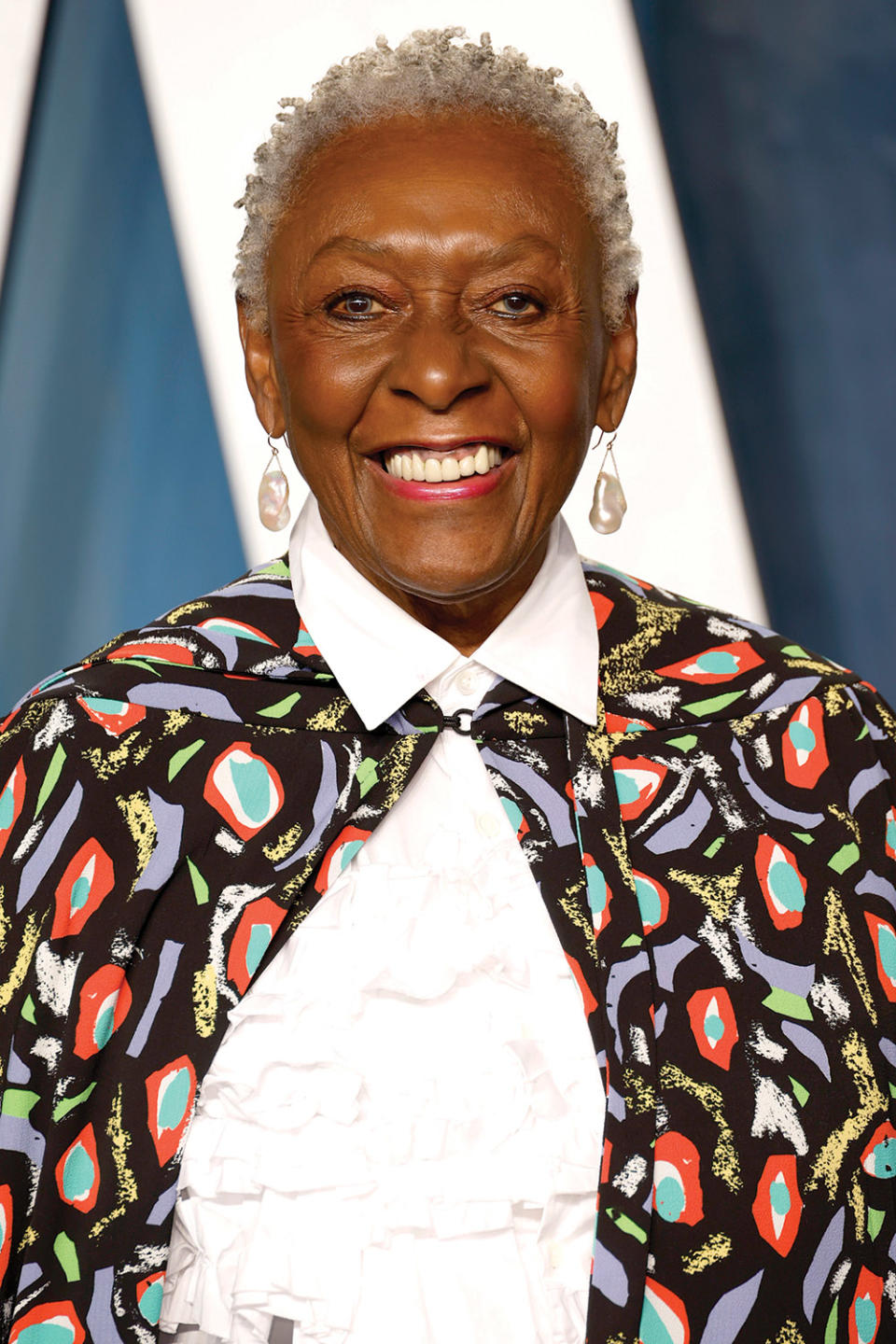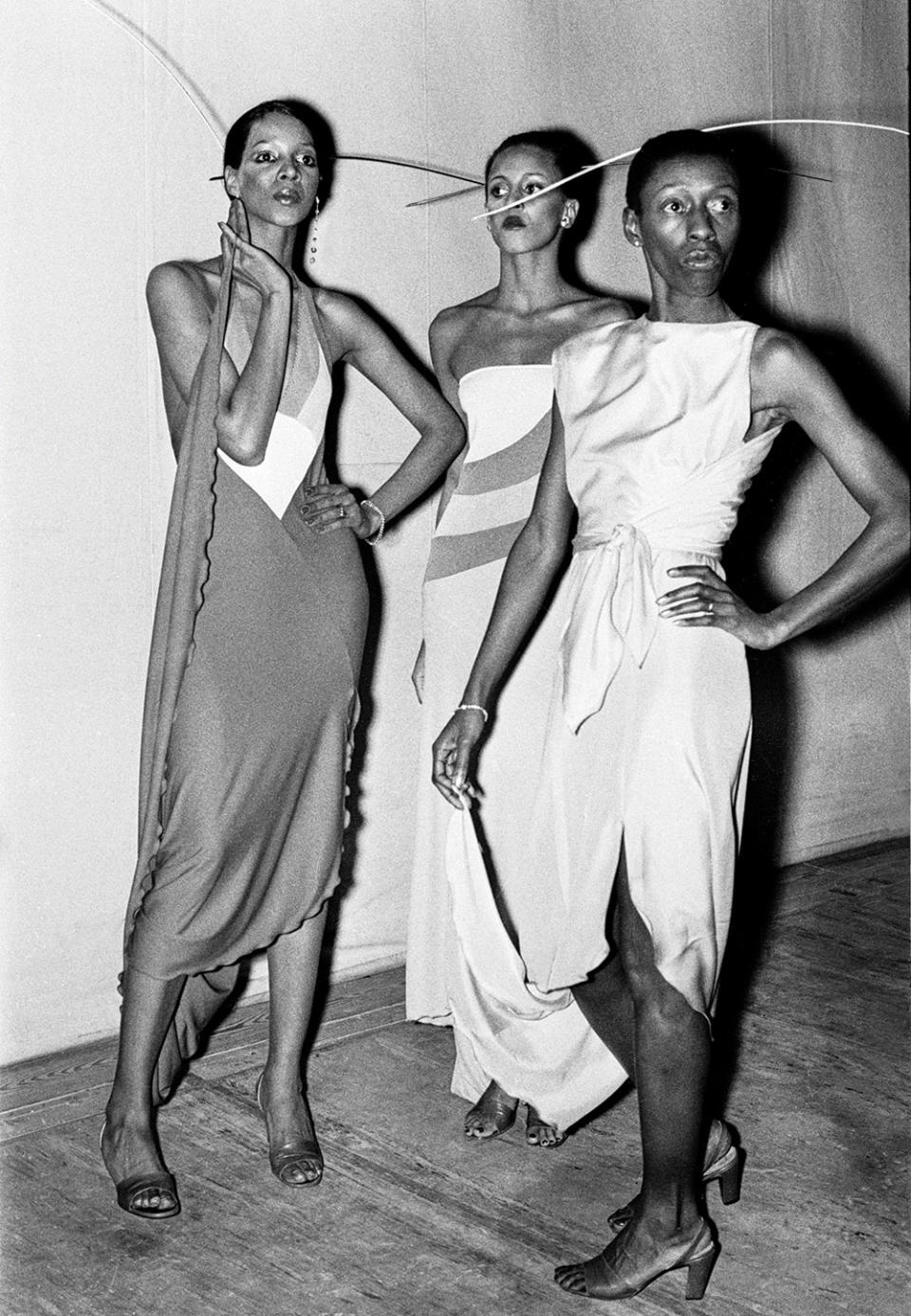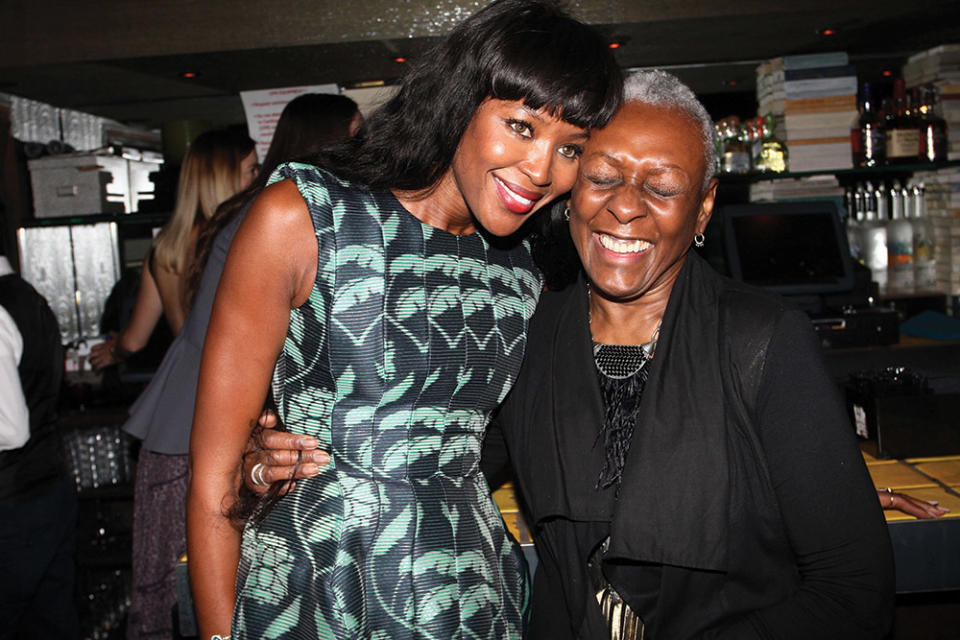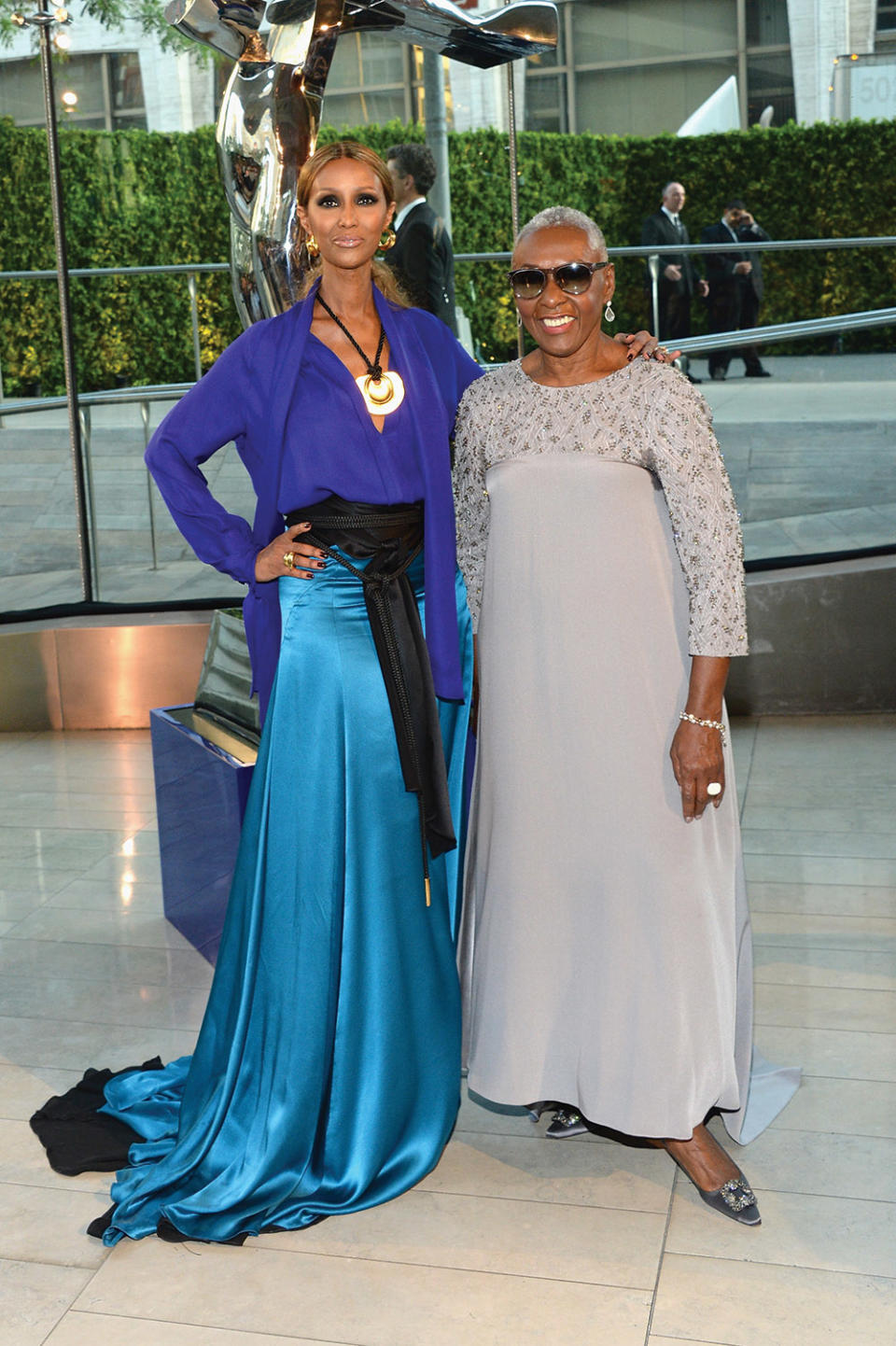Bethann Hardison on Her Fight for Equality for Black Models: “I Was Willing to Step Off the Cliff”
- Oops!Something went wrong.Please try again later.

When Bethann Hardison co-created the Black Girls Coalition in 1988 — a group formed with Iman to shine a spotlight on women of color in modeling — she didn’t know she was laying the foundation for a discussion about diversity in fashion that would continue for decades.
“I just wanted to celebrate Black models. I wanted them to see each other,” says Hardison, the subject of the new documentary Invisible Beauty. Co-directed by Frédéric Tcheng (Dior and I, Halston) and Hardison and in theaters Sept. 15, the film details the fashion industry’s history of racial exclusion and her unflagging efforts over decades to push for progress. One minute into the film, actress Tracee Ellis Ross calls Hardison the “godmother of fashion.”
More from The Hollywood Reporter
M88 Bolsters Digital Talent Services As Sister Firm UNCMMN Is Folded In to Company (Exclusive)
Culture Shift: What Community-Based Nonprofits Are Doing During the Strikes

The title Invisible Beauty is a nod to Ralph Ellison’s 1952 novel Invisible Man, in which an unnamed Black man narrates what life is like for African Americans in the South. Hardison chose the name for what was originally planned as an exposé on the modeling industry; that project went dormant after years of trying to get it made. It was at the urging of friends that she turned the camera on herself while working on her upcoming memoir. “I was determined to keep the title because it just seemed like it made sense,” she says.
Much of Hardison’s life has been unintentionally extraordinary. Hardison (the mother of actor Kadeem Hardison) never dreamed of walking runways, yet one day in 1967 designer Willi Smith stopped her in her tracks in her neighborhood and asked if she’d model for him — six years later, she walked in the historic Battle of Versailles Fashion Show, where U.S. designers used an unprecedented 11 Black models in their face-off against the French.


In 1984, when she launched the Bethann Management Agency, she had no desire to be an agent but was moved to start it after diverse talent in the industry asked her to represent them.
“The models were waiting and they wanted to come with me. They encouraged me,” Hardison recalls. “[Model] Bonnie Berman went out there and just found the money. I kept saying, ‘It won’t be enough. I can’t compete in the industry.’ She said, ‘Listen, all the girls said we’ll wait for the money, we’ll take the risk with you.’ That’s love. People ask what’s the first time you ever felt love. I think that was it.”

Since that time, Black models have constantly teetered between being trendy and less visible. According to a report from job-search site Zippia, on average about 13 percent of models on the runway from 2010 to 2017 were Black. That declined to 10 percent from 2018 to 2020, then rose again to 17 percent in 2021.
After witnessing such cycles over the years, first as a model, Hardison — along with Iman and Campbell — began to speak out about the lack of Black models in ad campaigns and on runways. In 2013, they published open letters to each of the major design fashion councils in New York, London, Paris and Milan, calling out designers who used no or only one model of color in their shows. “We were not looking for an argument, we were just looking for a conversation,” says Campbell, an executive producer of Invisible Beauty. “That’s always something that we stated. We just want to make you aware.”
“No one else thought about doing what [Hardison] did,” continues Campbell. “No one thought about it because no one thought to care enough about us and what we were going through and what we were feeling.” Adds Hardison of her long fight for equality, “It was a lonely ride, but I was willing to step off the cliff.”
***
Famous Faces Get Their Documentary Moment This Month
A new film looks at Donyale Luna and her pioneering path, while Apple TV+’s four-part series spotlights the supes.
Donyale Luna: Supermodel
Peggy Ann Freeman, who was born in Detroit in 1945, made a name for herself throughout Europe as Donyale Luna, becoming the first Black model on the cover of British Vogue in 1966. Premiering Sept. 13 on Max and directed by Nailah Jefferson, Donyale Luna: Supermodel centers on the life of the woman who helped revolutionize fashion during the 1960s and ’70s and who became a muse of artist Salvador Dalí, all before her death in 1979 of a heroin overdose at 33.
The Super Models
Four of the world’s most photographed faces will give audiences a deeper look into their iconic careers in Apple TV+’s The Super Models. Executive produced by Cindy Crawford, Naomi Campbell, Christy Turlington and Linda Evangelista, each episode of the Barbara Kopple-directed four-part series will take a look at how these women disrupted the fashion industry and became household names whose influence still resonates today. Brian Grazer and Ron Howard are executive producers on the docuseries, debuting Sept. 20.
A version of this story first appeared in the Sept. 6 issue of The Hollywood Reporter magazine. Click here to subscribe.
Best of The Hollywood Reporter

